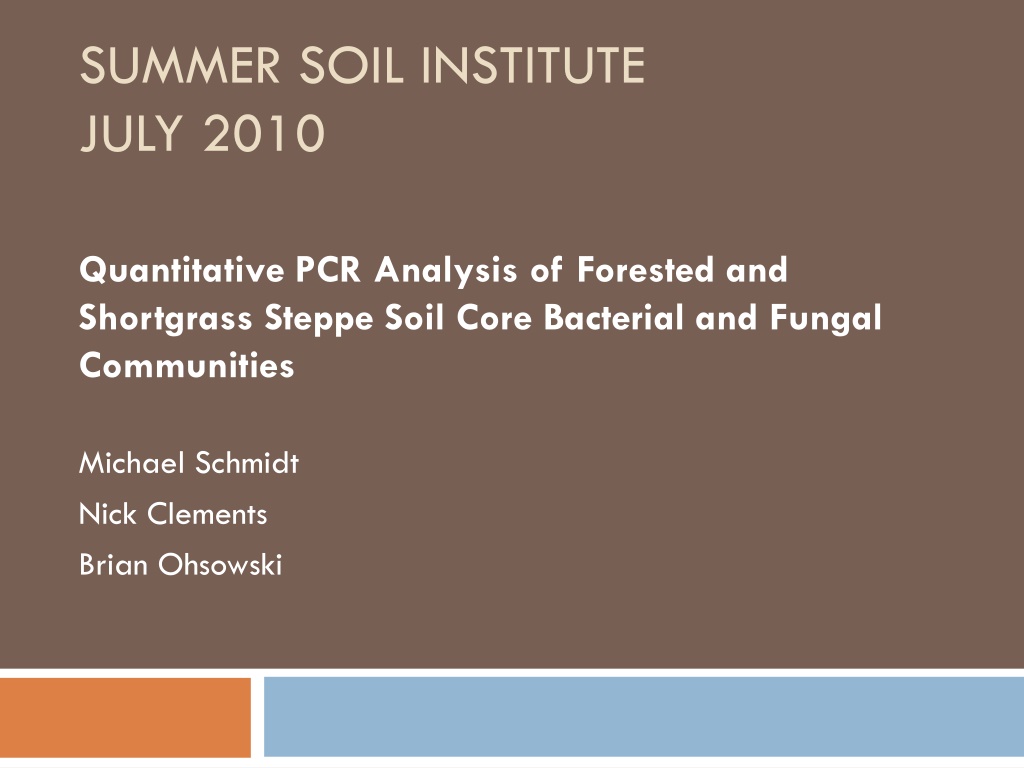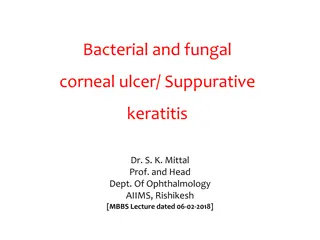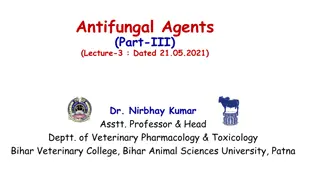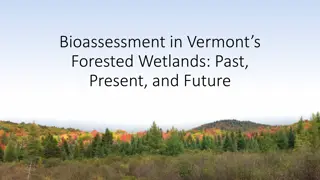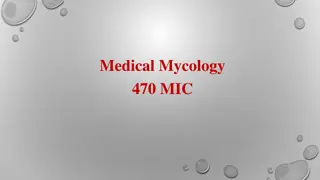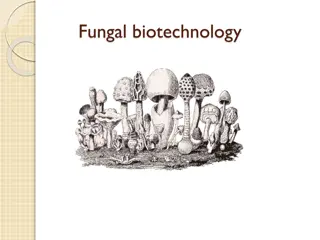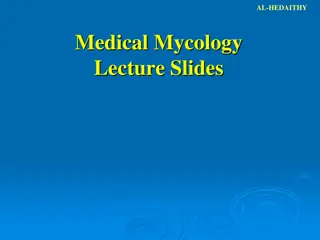Analysis of Bacterial and Fungal Communities in Forested and Shortgrass Steppe Soil
The study conducted in July 2010 at the Summer Soil Institute involved a Quantitative PCR analysis of bacterial and fungal communities in Forested and Shortgrass Steppe Soil. The research compared the microbial DNA extracted from different sites and depths in these ecosystems, using techniques such as DNA extraction, PCR, qPCR, and gel electrophoresis. Data revealed varying patterns of microbial presence, shedding light on the soil biodiversity in these distinct habitats.
Download Presentation

Please find below an Image/Link to download the presentation.
The content on the website is provided AS IS for your information and personal use only. It may not be sold, licensed, or shared on other websites without obtaining consent from the author. Download presentation by click this link. If you encounter any issues during the download, it is possible that the publisher has removed the file from their server.
E N D
Presentation Transcript
SUMMER SOIL INSTITUTE JULY 2010 Quantitative PCR Analysis of Forested and Shortgrass Steppe Soil Core Bacterial and Fungal Communities Michael Schmidt Nick Clements Brian Ohsowski
Habitat Classification Fraser Experimental Forest Upper Montane / Subalpine Ecosystem Elevation ranges from 8,800 to 12,804 ft Conifers dominate the vegetative canopy Average precipitation 70cm annually is snow fall
Habitat Classification Shortgrass Steppe Native grassland Elevation: 5,200 - 5,500 ft Main vegetation grasses, succulents, and dwarf shrubs Relatively dry climate due to the rain shadow effect of the Rocky Mountains Seasonal rainfall (Apr Sept)
What is PCR? Polymerase Chain Reaction (PCR) DNA based technique Amplifies workable amounts of DNA copies from genes of interest PCR has limitations
What is PCR? How do PCR and qPCR differ?
Methods Extracted DNA from soil DNA extraction kit Mo Bio PowerSoil DNA Isolation Kit Ran DNA gel Agarose gel used to confirm DNA was present Performed qPCR Used to measure relative gene copy number for both fungi and bacteria Three (3) subsamples run for each DNA soil extraction Subsample copy number averaged at time of analysis
PCR Primers General Fungal Primers 18s primer Forward Primer = 1TS1F Reverse Primer = 5.8S
PCR Primers General Bacterial Primers 16s Primers Forward Primer = Eub338 Reverse Primer = Eub518
Results Figure 1:Comparison of bacterial DNA extracted between sites and depth
Results Figure 2: Comparison of fungal DNA extracted between sites and depth
Results Figure 3: Ratio of bacterial to fungal DNA for the different sites and depth
Conclusion More DNA was extracted from Fraser soil then the SGS soil True for both fungal and bacterial DNA True for both depths sampled More bacterial DNA was extracted from all sites and depths then fungal DNA SGS sites had a higher bacterial to fungal DNA then Fraser
